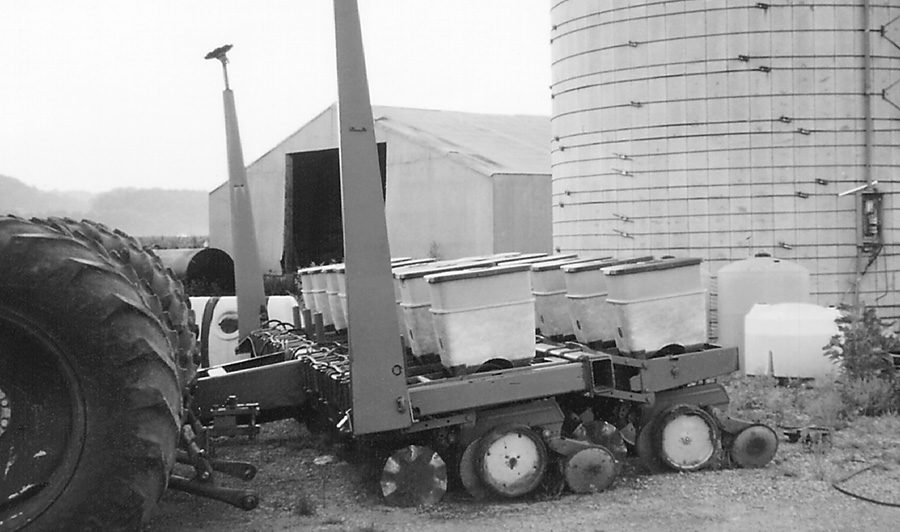No-Till Farmer
Get full access NOW to the most comprehensive, powerful and easy-to-use online resource for no-tillage practices. Just one good idea will pay for your subscription hundreds of times over.

Mike Linnehan had a problem. Fortunately, it was a problem that most other no-tillers would consider a kind of blessing. His farm in Sparta, Wis., was getting too big—and conventional tilling just wasn’t cutting it anymore.
Wanting to continue his efficient style of farming, Linnehan began searching for alternatives. It was 16 years ago when he first got the “no-till bug” while working for an implement dealer, now making him one of the most experienced no-tillers in the area.
“We sold a no-till planter to a guy. I got acquainted with him and the rest is history,” he says.
Linnehan soon purchased his first no-till planter. But it wasn’t long before he realized some modifications were in order.
“The planter didn’t work,” he says. “We were forced to remodel it. Meanwhile, I had to get more and more acres planted. So I settled on eight rows.”
“We’re in a hilly area, so we didn’t want to go any bigger than eight rows,” Linnehan explains. “So I bought an eight-row 20-inch 7000 John Deere Planter. Even with 30-inch rows, there wasn’t enough room to run the wheels between the rows and avoid residue problems. The wheels weren’t running between the rows with my modifications, so we weren’t plugging,” he says. “Since I was already putting together a new no-till planter, I went to 25-inch rows.”
Besides modifying the planter from 30 to 25-inch rows, Linnehan continued to fine-tune the rig over the years, starting with the row cleaners.
…